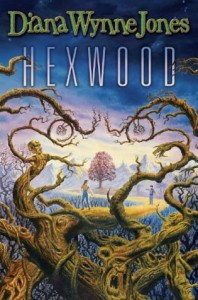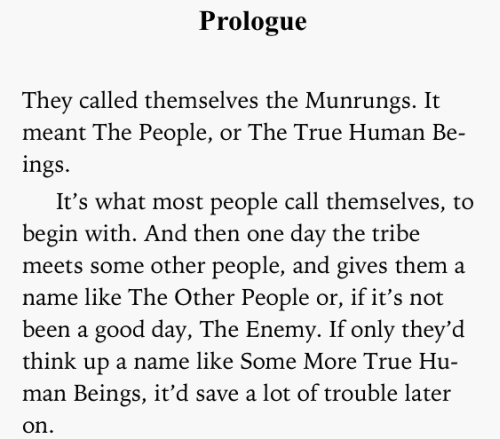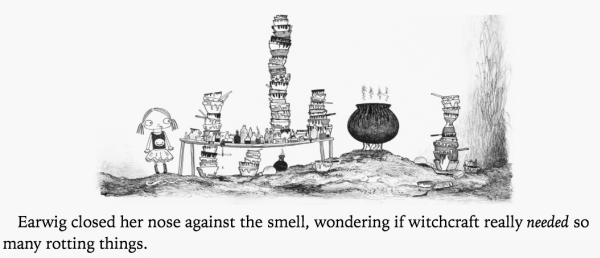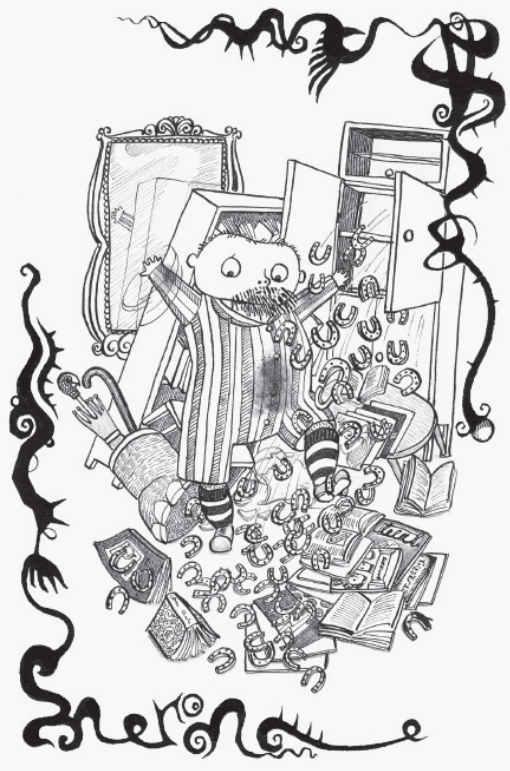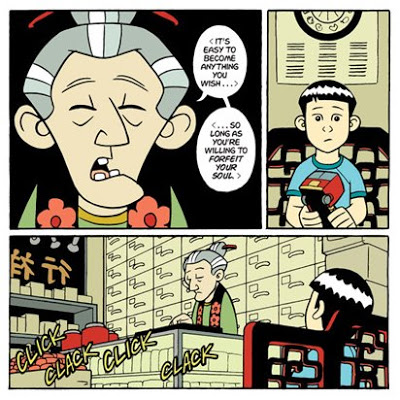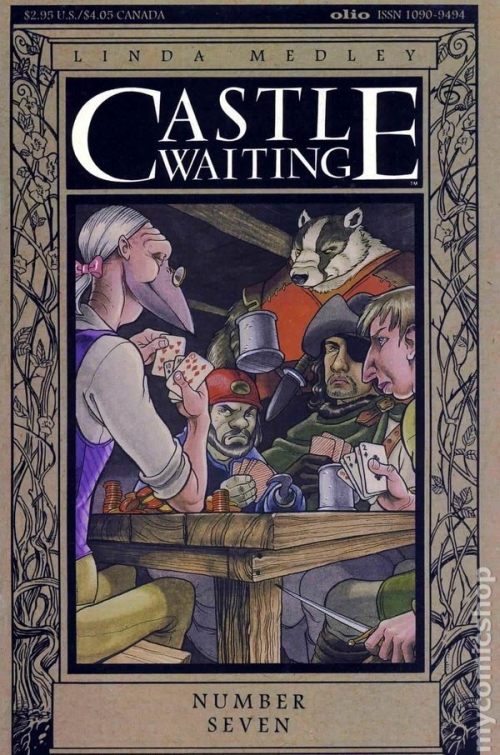I’ve been reading a lot lately! Just haven’t been talking about it.
First off, I read Dinotopia and Dinotopia: The World Beneath by James Gurney. Both have art that just makes me feel happy all the way through. I preferred the first one as it was more of a journal exploration of the world and the switch to prose in the second was a bit awkward, but in the end I enjoyed them both very much. There’s two more, First Flight and Journey to Chandara, and while I have Chandara, I’m missing the one in-between, but I SUSPECT my dad is getting me it for Christmas! So I’ll resume them. As a result of wanting to read more picture exploration books, I’ve picked up Faeries by Brian Froud (and some other guy?) and Gnomes by I forgot already I suck. I did, however, make gnome icons:



I’m still in-progress with Gnomes, but it’s loads of fun. Great art and cute worldbuilding, my only complaint being a reliance on gender roles so far. And a bit about ‘bad blood’ as a reason for bad gnomes.
Now onto Frankenstein by Mary Shelley. I made an off-hand comment to someone on Twitter about the original canon, realized I wasn’t sure myself and downloaded a copy off Gutenberg to confirm what I thought. And then I thought, it’s only three hundred pages and I’ve got a few hours free. Why don’t I read it all?
And I’m glad I did! First off, and I realize this is probably totally obvious to everyone, it turns out pop culture totally lied to me about the contents of the book. Victor was nothing like how he’s portrayed in the movies, the monster was a freakin’ genius (and a hypocritical whiner), and there was a whole other narrator that was surprisingly gay where I wasn’t expecting it. And given Mary Shelley knew that chap Lord Byron, that may have been a ‘this exists!’ conscious thing.
Our conversations are not always confined to his own history and misfortunes. On every point of general literature he displays unbounded knowledge and a quick and piercing apprehension. His eloquence is forcible and touching; nor can I hear him, when he relates a pathetic incident or endeavours to move the passions of pity or love, without tears. What a glorious creature must he have been in the days of his prosperity, when he is thus noble and godlike in ruin! He seems to feel his own worth and the greatness of his fall.
–Walton, the first narrator, on Victor. There’s other close male friendships in this book and Walton’s… well, I’m pretty sure only the fact Victor was pretty much about to die (and presumably straight) prevented the makeouts.
And! Another quote I liked and the reason I was reading the book in the first place, to know exactly what the monster looked like. This part isn’t in the quote, it’s mentioned elsewhere, but the monster? Eight feet tall. Victor dreamed BIG.
How can I describe my emotions at this catastrophe, or how delineate the wretch whom with such infinite pains and care I had endeavoured to form? His limbs were in proportion, and I had selected his features as beautiful. Beautiful! Great God! His yellow skin scarcely covered the work of muscles and arteries beneath; his hair was of a lustrous black, and flowing; his teeth of a pearly whiteness; but these luxuriances only formed a more horrid contrast with his watery eyes, that seemed almost of the same colour as the dun-white sockets in which they were set, his shrivelled complexion and straight black lips.
–Victor on his creation. Apparently the monster’s main problem was he was eight feet tall of corpsey uncanny valley.
Anyway, LOVED it. I’m so glad I read it! I’ve got people encouraging me to try Les Mis next, but I’m working on Little Women again because I finally got another copy after losing my last one. Oh Beth, your time is so short…

